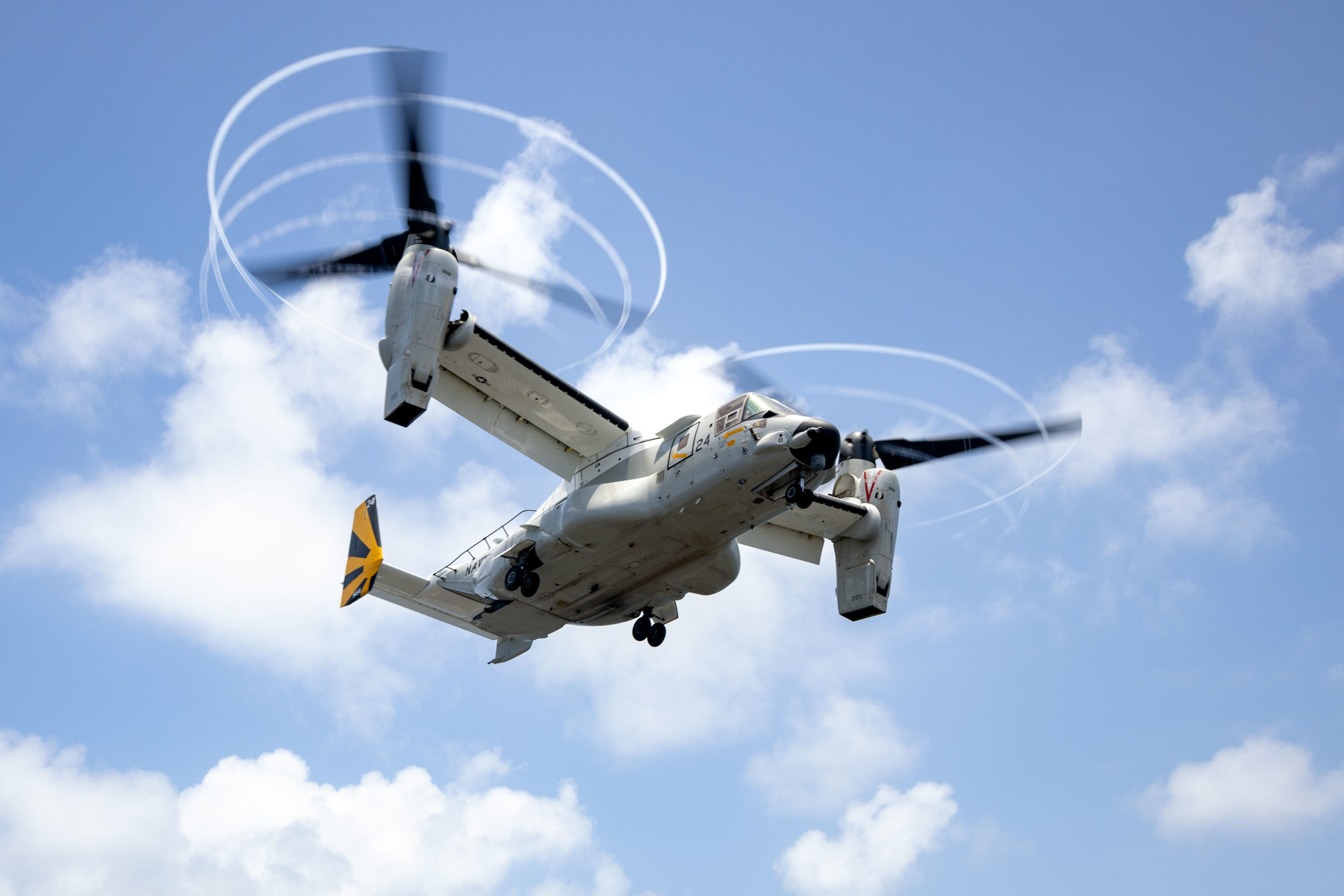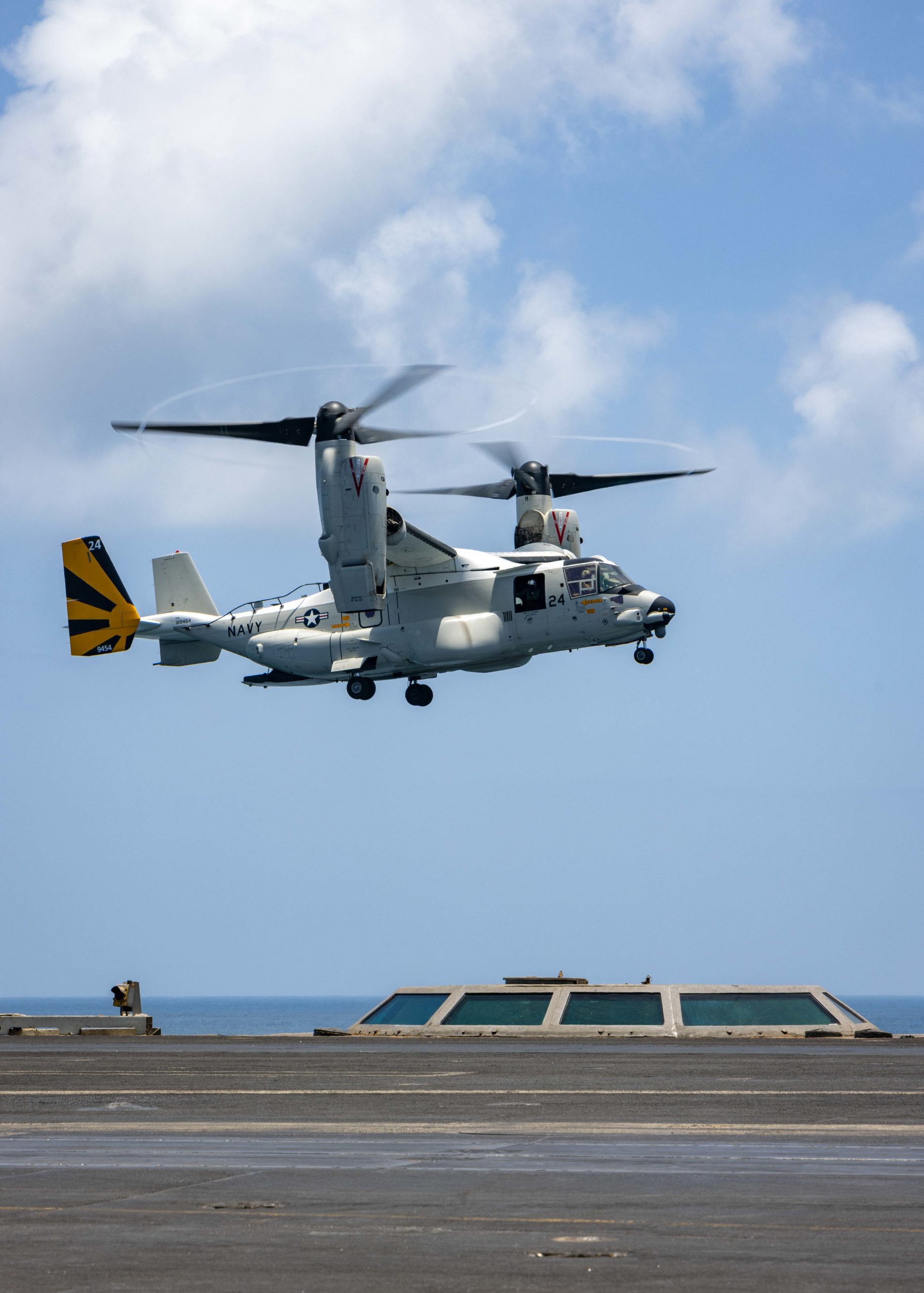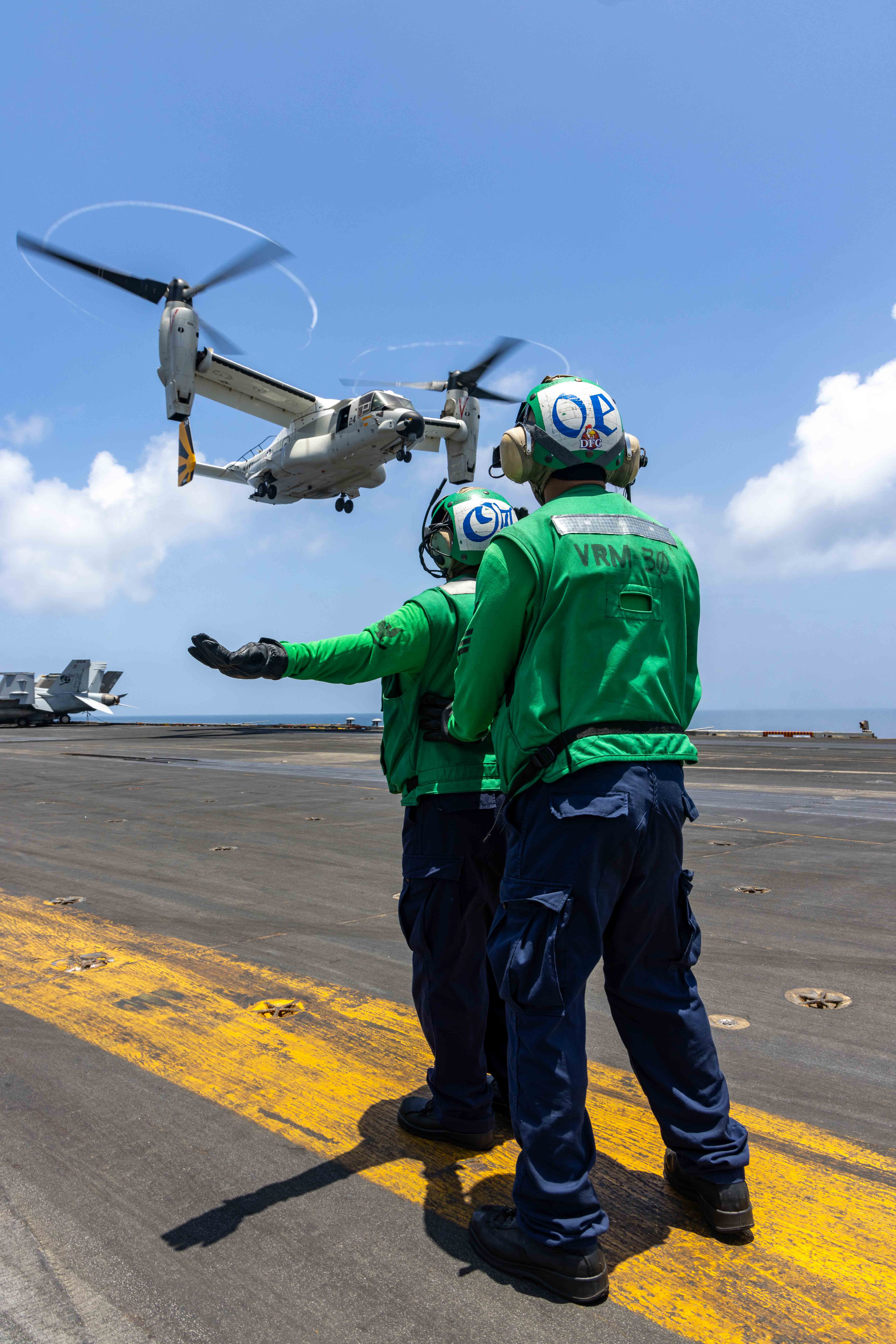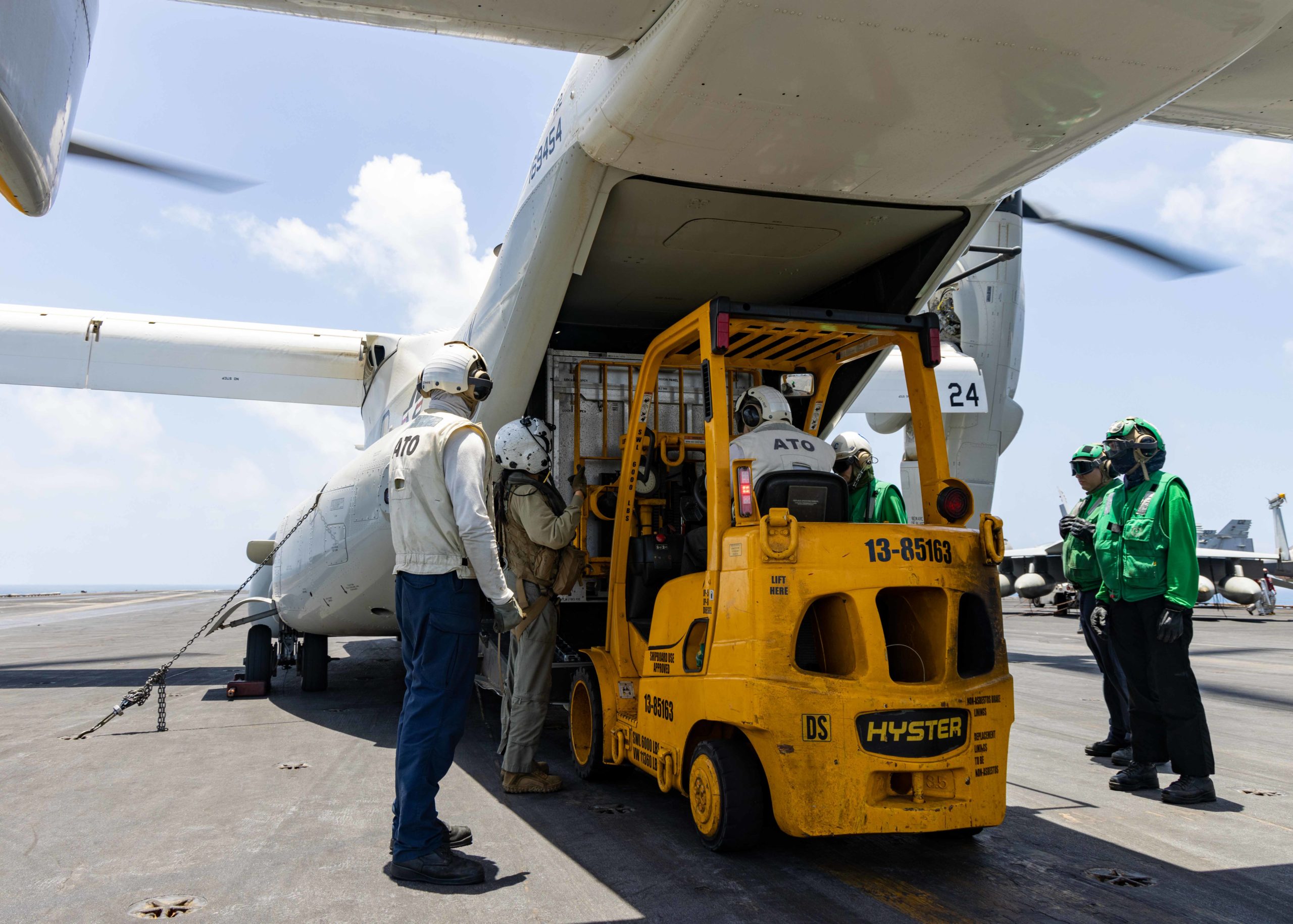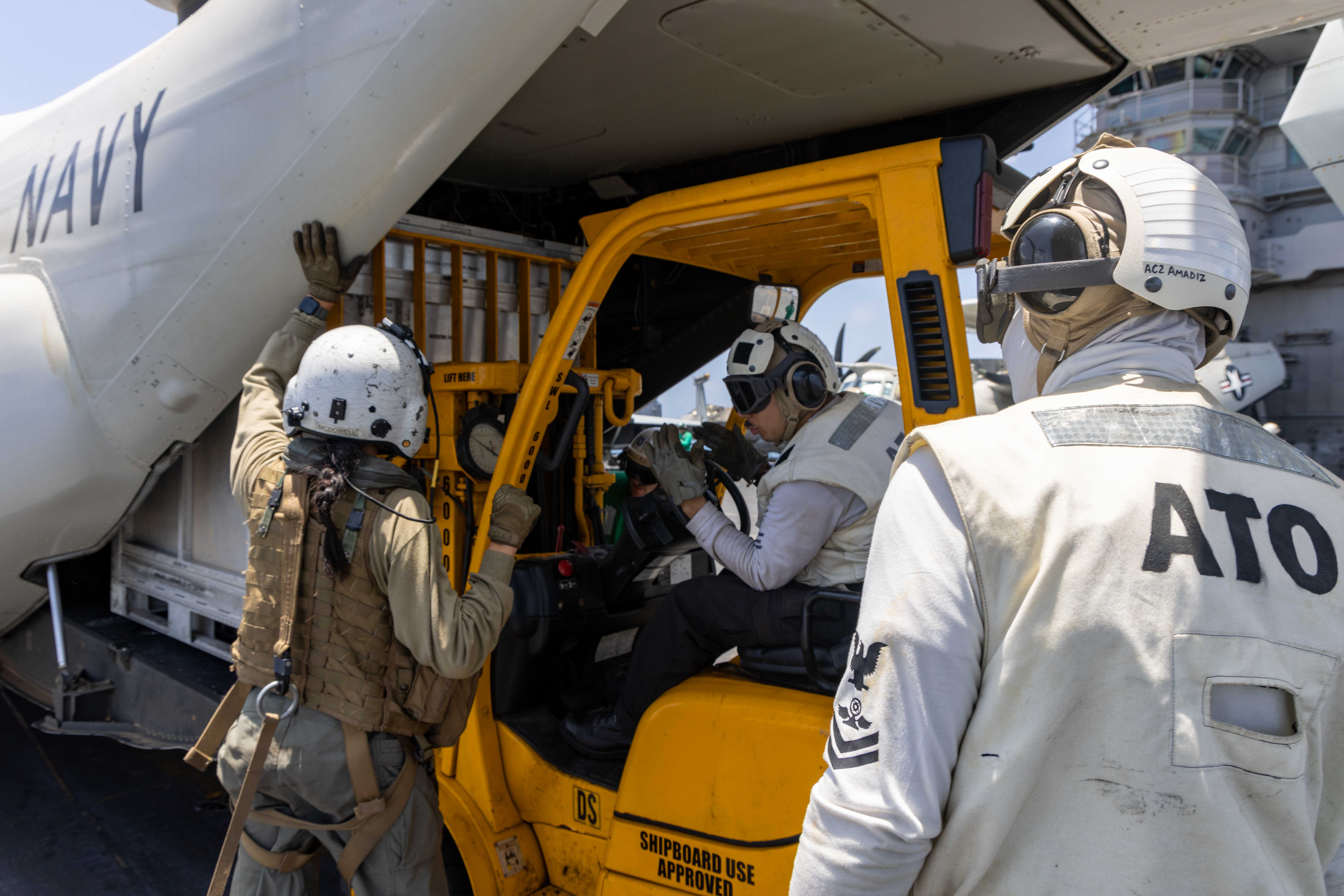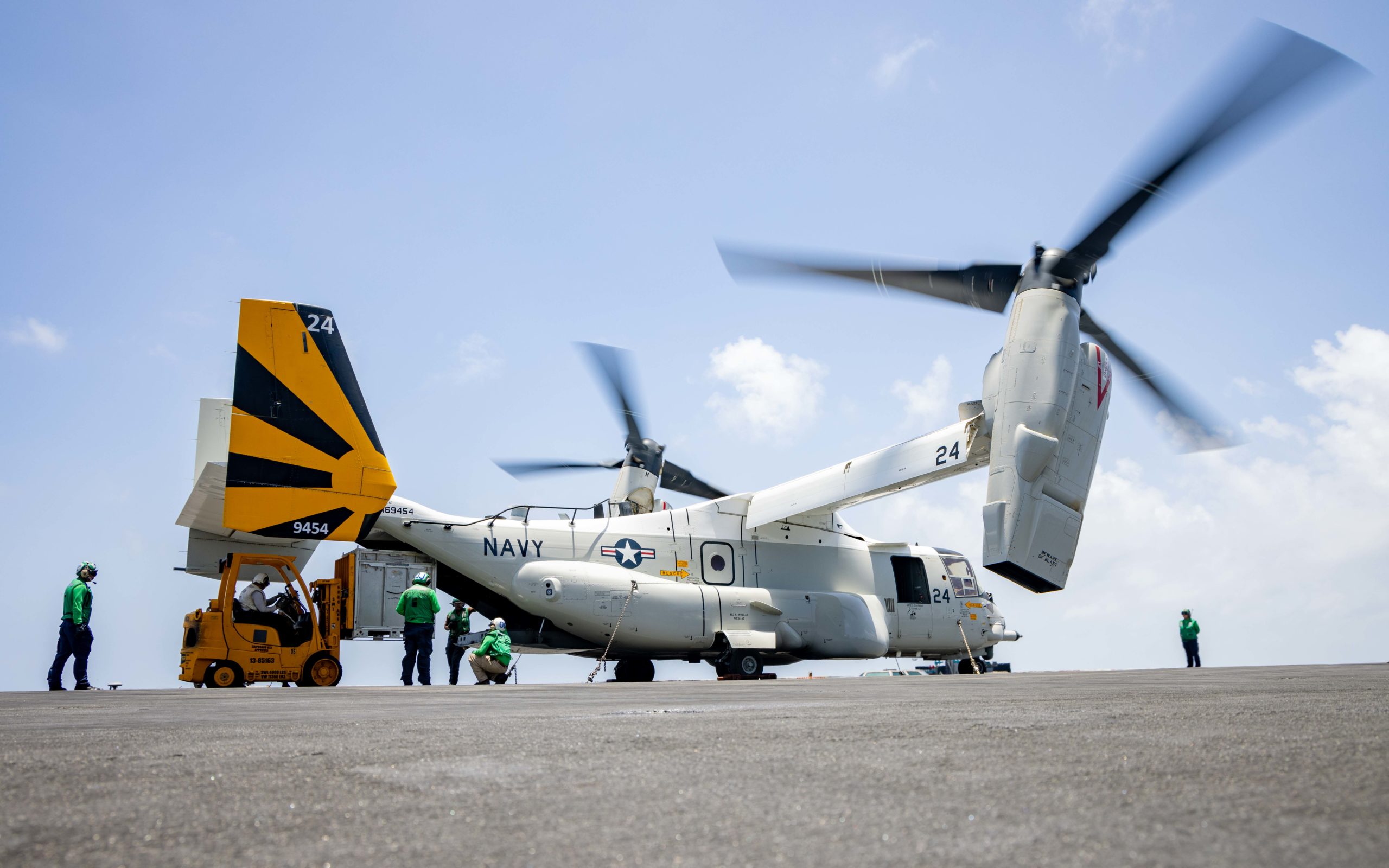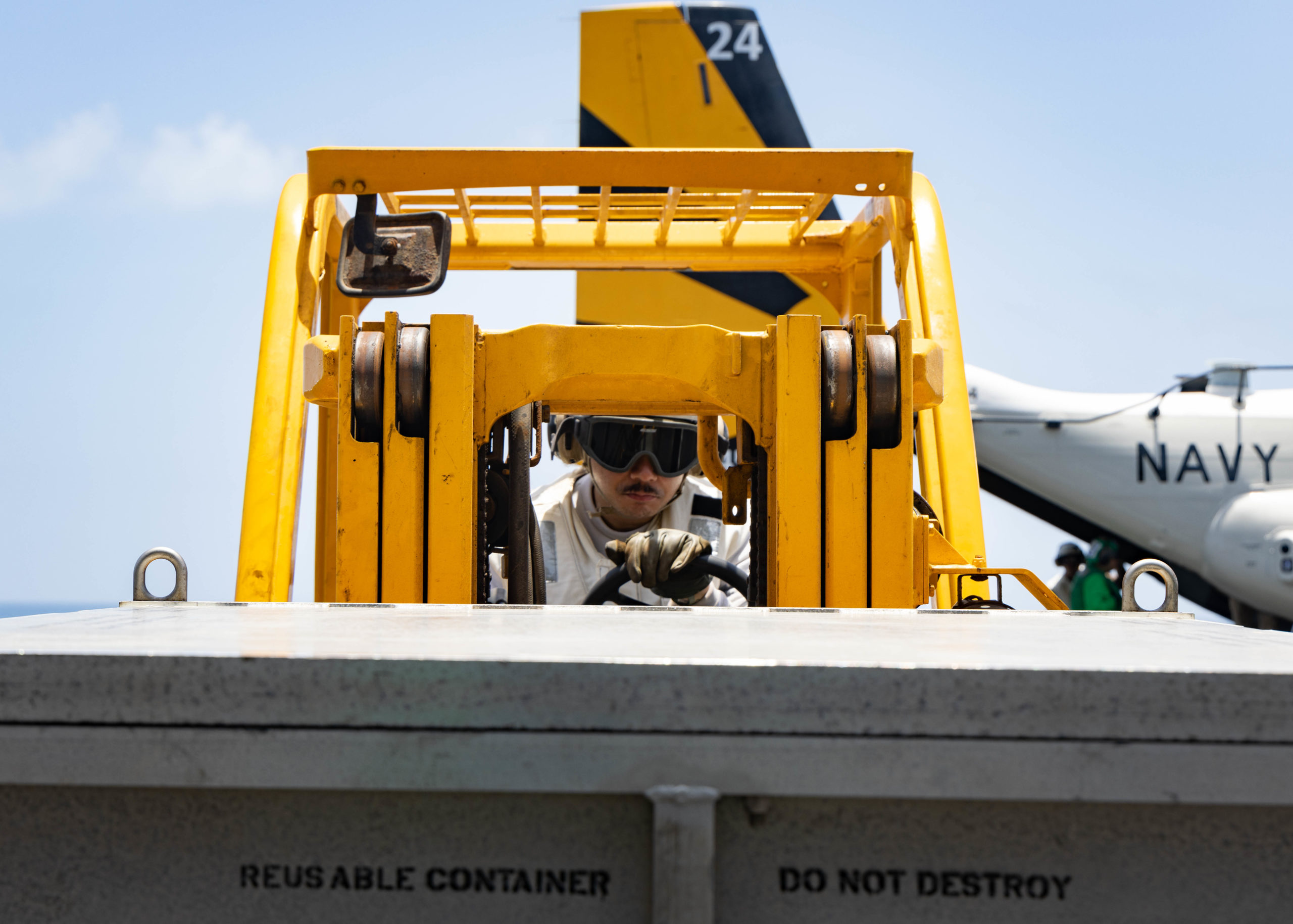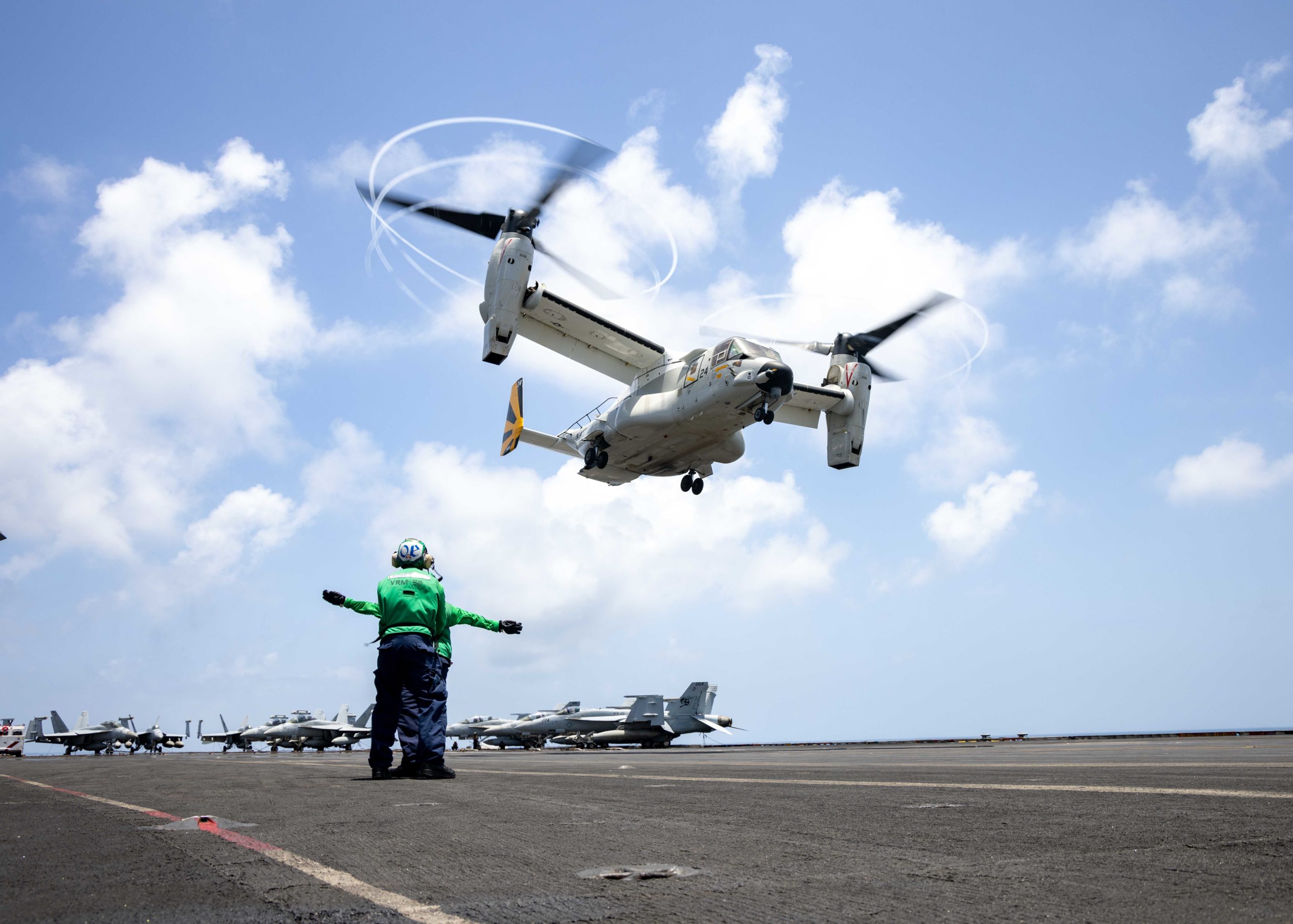By CAPT (Ret) Christoper C. Misner, Senior Manager, Bell Strategic Pursuits
The U.S. National Defense Strategy prioritizes the Indo-Pacific as a critical theater for national security. For naval and joint forces operating in that theater, an operationally limiting factor is the so-called tyranny of distance. Vast distances required to operate and sustain a naval force are further magnified by limited basing options.
In prolonged combat operations in this area, the current U.S. Navy fleet would likely struggle to meet the logistical demands of the Joint Force.
The sea services must have the logistics capability to support the growing number of deployed naval and air forces operating from sea and shore-based hubs in the Indo-Pacific. That will allow the services to meet immediate and long-term needs and strengthen the U.S. defense industrial base.
Current procurement, readiness and modernization programs, approved and funded by the Department of Defense, do not meet the demand for airborne logistics in maritime combat. This creates a significant gap in the Navy’s ability to support Distributed Maritime and Expeditionary Advanced Based Operations.
The U.S. Navy has historically projected power through carrier strike groups concentrating firepower from a few assets, typically an aircraft carrier, destroyers and submarines. Despite the power of the carrier strike group, adversaries can still anticipate U.S. naval movements, which limits the Navy’s ability to respond to threats across long distances and exposes fleets to anti-access/anti-denial (A2/D2) threats.
As a result, the U.S. Navy is shifting from large, centralized carrier strike groups to distributed maritime operations, which disperse naval forces over a larger area to complicate enemy targeting. This shift requires advanced combat capabilities and flexible logistics support.
The CMV-22B Osprey – a tiltrotor aircraft – is at the heart of this naval transformation. Compared to the C-2A Greyhound, its predecessor, the CMV-22B offers superior range, avionics, and communications. The Osprey’s ability to rapidly self-deploy, air-refuel enroute, and then land without regard to the availability of a runway makes it an exceptional platform to support and sustain a distributed force in a contested environment.
Although it was initially conceived as a carrier-onboard-delivery (COD) replacement, the Osprey is not confined to large-deck carrier logistics. The CMV-22B can conduct long-range navigation and deliver logistical support across entire fleets, an advantage in distributed maritime environments where logistics needs span vast areas and diverse units.
Carrier strike group operations today can cover over 700 miles in 24 hours. The CMV-22B ensures logistics support matches this pace, crucial for distributed maritime operations in contested environments. The aircraft can rapidly transport personnel, munitions, medical supplies, and components to Expeditionary Advanced Bases, Forward Logistic Support Sites, and ships at sea.
The CMV-22B also allows the U.S. military to lead joint combat operations, integrating capabilities across service branches. It assists in the convergence of the U.S. Navy’s distributed operations with the Air Force’s agile combat employment and the Marine Corps’ Expeditionary Advanced Base Operations (EABO). The aircraft’s speed, range, and versatility ensure the Navy operates effectively as part of a modular force comprising air and ground elements.
Looking ahead, the CMV-22B presents opportunities beyond its primary logistics role. The Navy could leverage its versatility to support the Carrier Strike Group with aerial refueling capability. Its enhanced secure, long-range communication could better support Naval Special Warfare (NSW) forces in personnel recovery (PR), combat search and rescue (CSAR), and other NSW missions. These and other readiness improvements would expand its strategic value to the U.S. Navy fleet and Joint Force.
One such readiness improvement the CMV community should embrace is the Nacelle Improvement (NI) program, which is being fully implemented across the USAF CV-22 fleet. The value of this readiness initiative has been significant, and as a result it continues to garner Congressional support.
Modifications under the NI program simplify the nacelle structure, originally designed decades ago with a highly complex series of wires and junction boxes. The NI program’s re-engineering of more than 1,300 parts has reduced harness count by 43% and wiring integration assemblies (WIA) by 80%. The NI program also significantly improved the panel latch assemblies in multiple areas of the nacelle and made manufacturing more affordable and less time-consuming.
These major updates from the NI program have improved aircraft availability and readiness, and they will reduce future maintenance time on the 28 CV-22 NI-modified aircraft delivered back to AFSOC.
“Nearly 60% of all maintenance actions occur within the V-22’s nacelle area, so the NI effort is designed to attack the highest reliability and readiness degraders while maximizing return on investment for the taxpayer,” says Kurt Fuller, Bell senior vice president.
Before NI modification, an average of more than 2.5 maintenance hours were dedicated to nacelles per fight hour. With over half the Air Force’s CV fleet completing the NI modification and with over 7,000 hours flown on those aircraft, the Air Force has saved over 17,000 maintenance hours in the nacelles already.
Maintainability and reliability were key performance parameters in the new design to measure success, and the results have far exceeded expectations.
Delivering both short-term and long-term benefits to support the longevity of the fleet, the NI program provides immediate readiness advances that will pay long-term dividends in availability and affordability.
The results seen by the Air Force will translate to the Navy CMV-22 and the Marine Corps MV-22. In the Indo-Pacific theater specifically, the increasing need for sea services to prepare for and execute Expeditionary Advanced Base Operations and Distributed Maritime Operations is exposing a vulnerable logistical capability gap.
Investing in CMV-22 readiness and modernization is not only necessary to meet operational needs, but also to sustain and strengthen the U.S. defense industrial base. The Department of Defense must ensure it maintains its competitive advantage where tiltrotor technology is concerned. Organizations such as Team Osprey, a consortium of over 500 manufacturers and suppliers spanning nearly every U.S. state, supports jobs producing thousands of essential parts for the Osprey. This industrial base is vital to maintain American military and economic strength.
U.S. naval capabilities may not reach their full potential without a fast, long-range tiltrotor aircraft like the CMV-22B. Indeed, its ability to support both Fleet and Joint Force operations while enhancing combat capabilities makes it a key asset against emerging threats in contested environments.
If deterrence fails and naval and joint commanders must “fight tonight”, they will have to resupply their forces at range and in a contested environment. If the force structure does not match its combat logistics requirement, commanders will be faced with significant operational challenges in a time of rapid response and crisis.
Naval leaders should focus on modernizing the the Osprey fleet and tackling the obsolescence issues it faces today. The Osprey – used by the Navy, Air Force Special Operations Command, and Marine Corps – has evolved over time to meet the needs of our warfighters. Taking actions today to modernize and sustain all three V-22 variants will ensure operational capabilities align with strategic imperatives.
This article was first published in the Summer 2025 edition of Hook magazine and is republished with the author’s permission.
Featured image: (June 11, 2025) A CMV-22B Osprey, attached to Fleet Logistics Multi-Mission Squadron (VRM) 30, takes off from the flight deck of the Nimitz-class aircraft carrier USS Carl Vinson (CVN 70) in the U.S. Central Command area of responsibility. (Official U.S. Navy photo)


